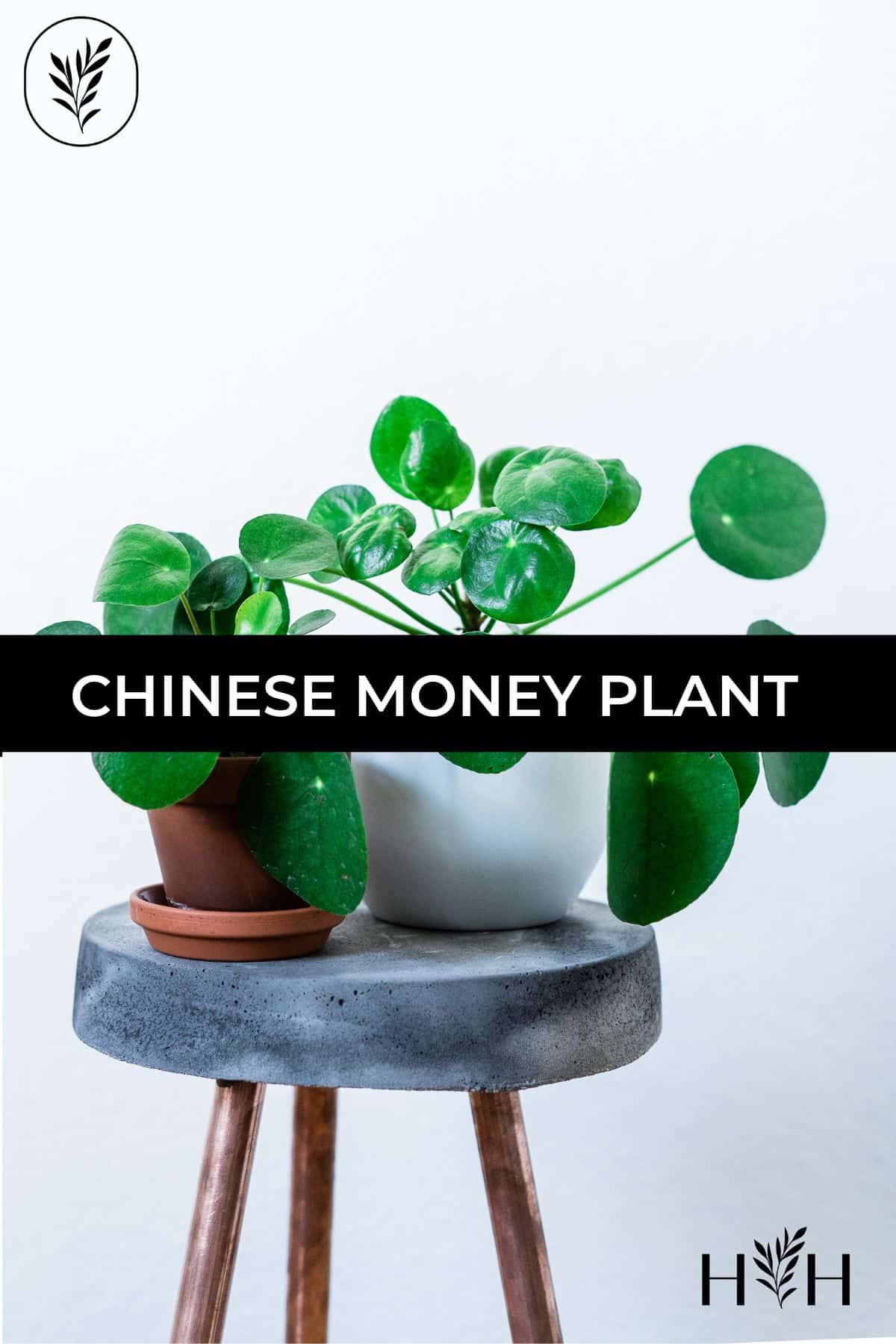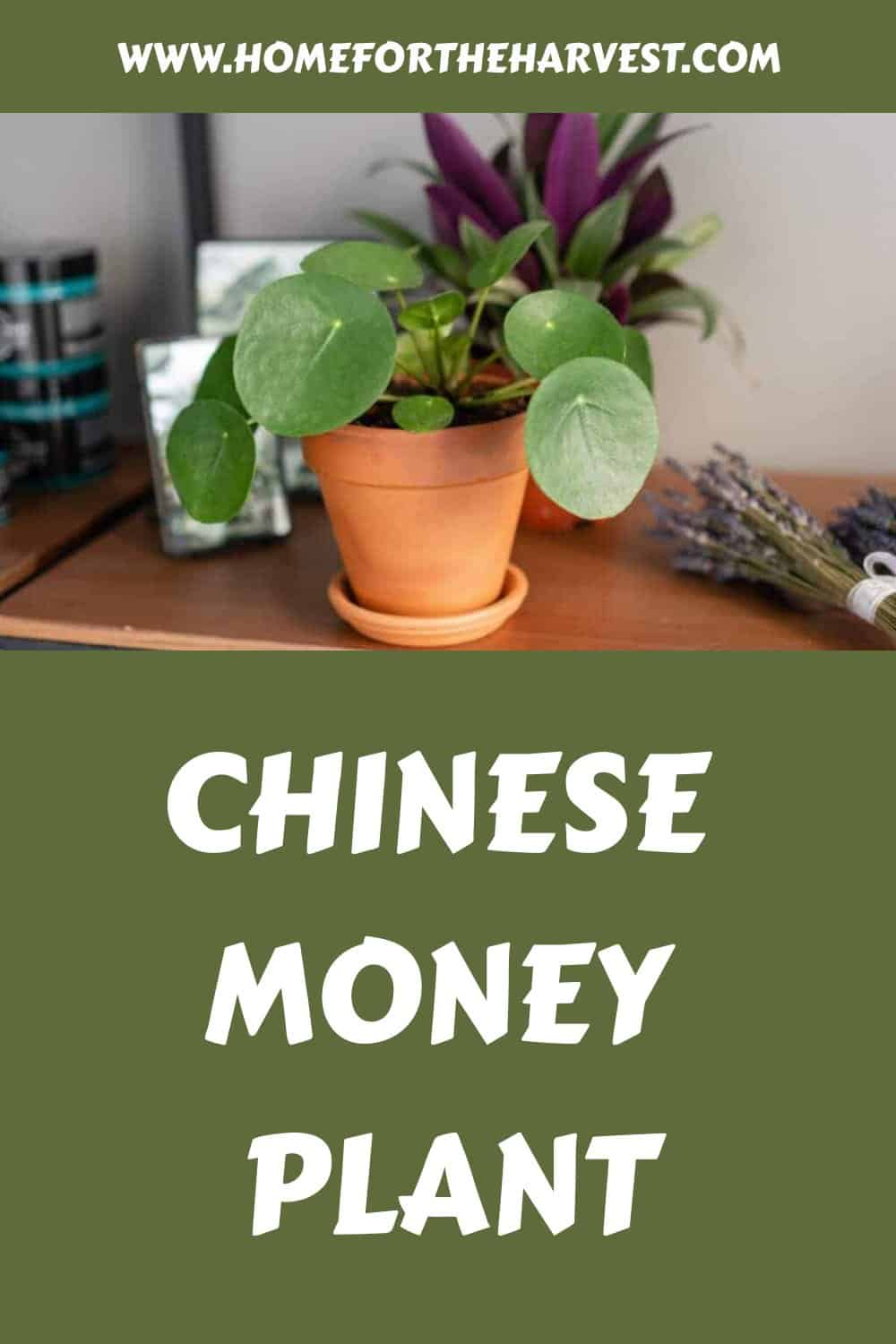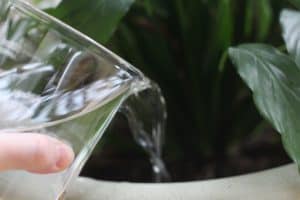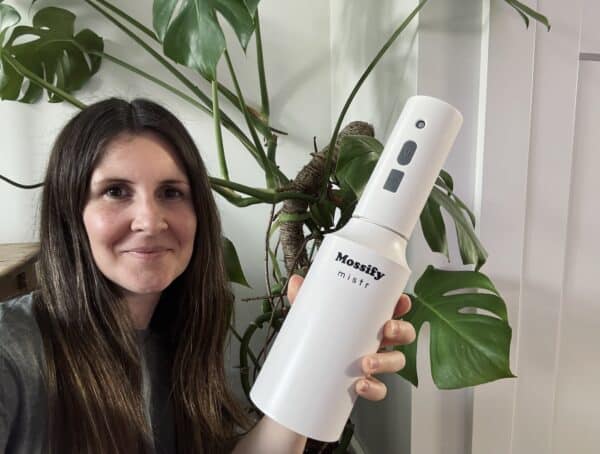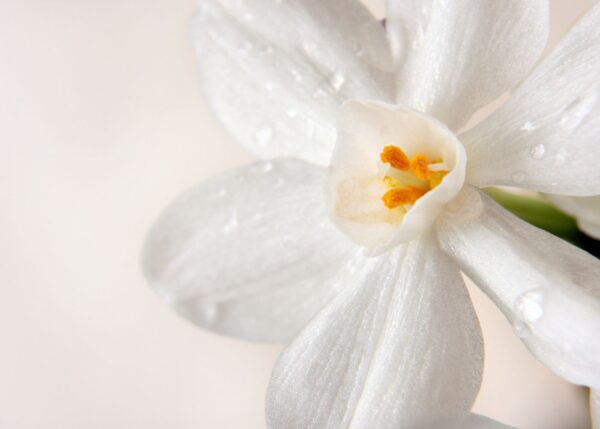When you’re looking for a great indoor plant, the Chinese Money plant is a great option to consider. It looks beautiful and adds a great touch of greenery to your home.
The Chinese Money Plant (Pilea peperomioides) is a popular pet-friendly houseplant grown for its flat round leaves. As the name suggests, this plant has coin-shaped leaves. This plant is originally from Southern China, and was popularized as an indoor plant in Scandinavia. The leaves are bright green and circular-shaped and stand tall. It’s great for indoor use because it can be in any room that gets natural light (not just by windows).
This plant is great for those who want to have a plant that is easy to take care of. It doesn’t want to be by windows, but it loves rooms with lots of natural light so you can place it anywhere you want, and then all you have to do is water it and keep it healthy.
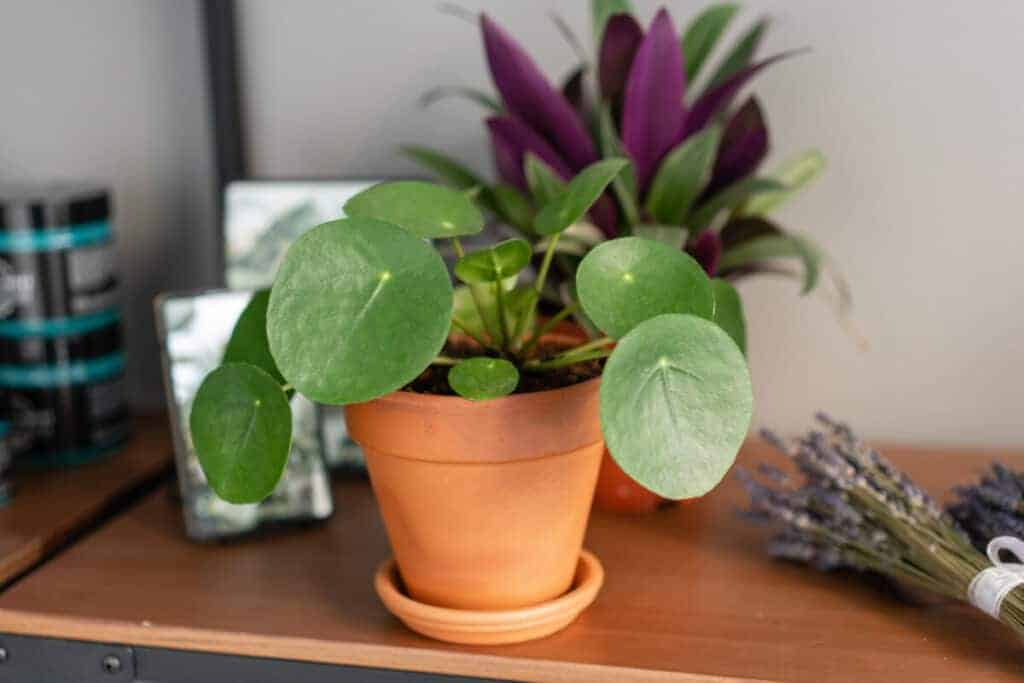
Chinese money plant: The basics
Chinese Money Plant is a popular houseplant from the nettle family Urticaceae. It is thought to have been introduced by Norwegian missionary Agnar Espegren in the 1940s, who popularized the plant in Scandinavia. This happy little plant is native to Southern China and is now grown in households and coffee shops around the world.
Chinese Money Plant does not like direct sunlight and needs to be watered whenever the soil is dry. It makes for a perfect house plant because it does not need a lot of care. Simply set it out and water it when it looks like it needs to be watered. You can forget about this plant for days at a time and it will thrive.
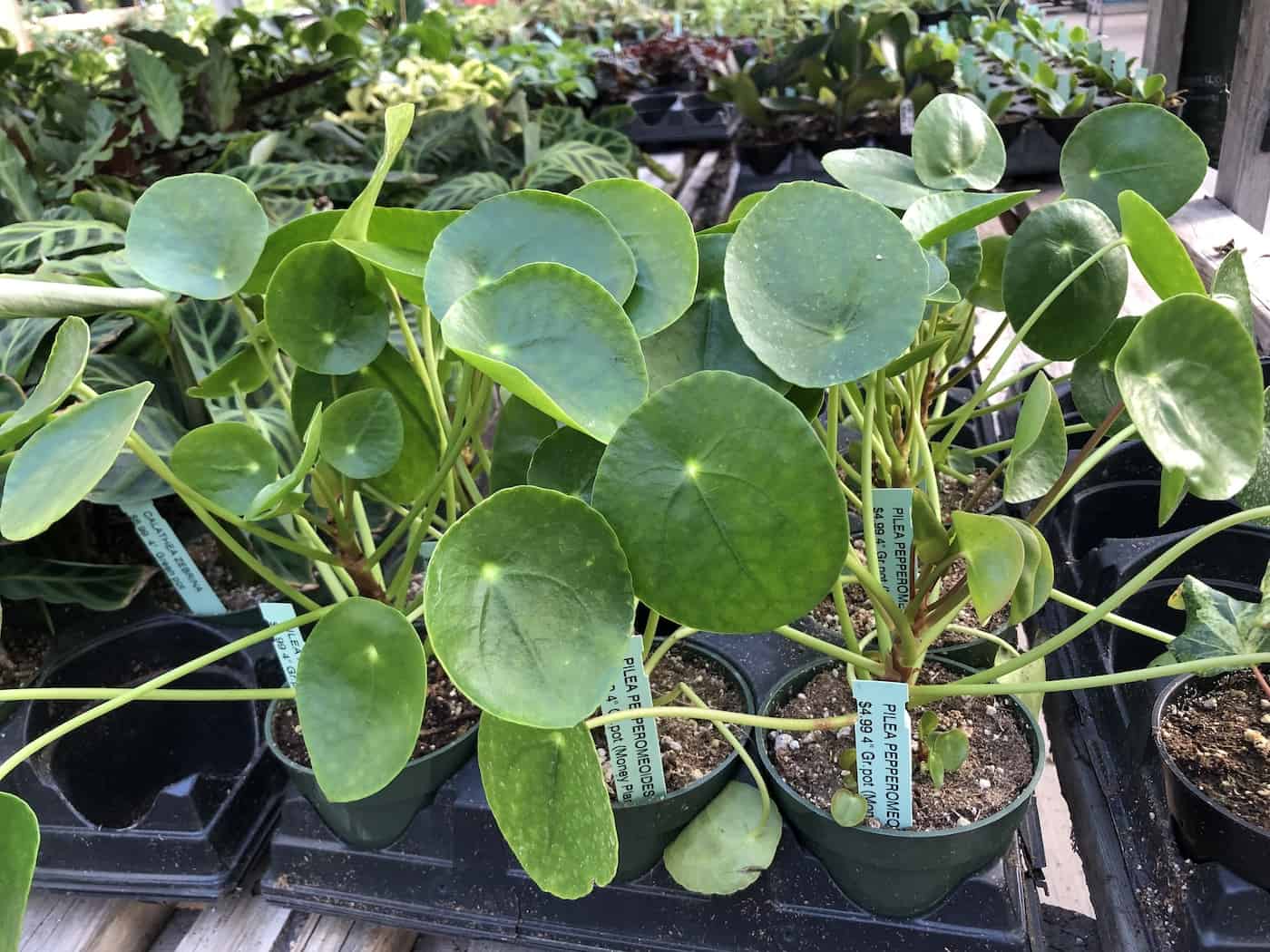
Chinese Money Plant has many other common names. It is known as UFO Plant, Missionary Plant, Lefse Plant, Pancake Plant, and Pilea (short for its botanical name Pilea peperomioides). These plants are also listed as non-toxic to many pets.

Light requirements for Chinese money plant
As mentioned above, this plant loves light, but harsh direct sunlight will harm its leaves. Chinese Money Plants should be placed in bright light, but not directly in the path of harsh beams of sunlight. Place this plant in bright indirect light if possible. If growing outdoors, consider keeping the plant in the shade in sunnier weather.
Place the Chinese Money Plant in a room that gets indirect natural light. Look for areas with bright sunlight that is filtered or otherwise indirect. Most homes do not get enough natural light for this plant to truly thrive. Adding supplemental artificial light with a simple LED plant lightbulb or a larger plate-style LED diode grow light can help energize the plant by providing the light it needs for photosynthesis and growth.
Watering Chinese money plant
The Chinese Money Plant likes moderate water. Watering once the soil gets a little dry is perfect. Do not overwater and do not water it daily. During the summer, this plant likes more water so that the heat does not dry it out. Overwatering can drown the plant and cause it to die, so water it whenever you see fit.
You can usually water it once every week or even once every couple of weeks. As long as you check up on the plant and the soil regularly, you can keep it alive and water it when you see fit.
While watering, take the opportunity to brush off any dust and wash the leaves. Keeping the leaves clean and shiny will help the plant to make the most out of the available light for its energy production via photosynthesis. This plant loves regular showers!

Ambient temperature for Chinese money plant
The Chinese Money Plant grows best at comfortable room temperatures, typically between 65°F – 75°F. While this plant is surprisingly tolerant of lower temperatures, it is not tolerant of freezing temperatures and does not grow well in winter temperatures below about 50°F. Keep the plant indoors during the winter in cooler areas.
Humidity for Chinese money plant
Chinese Money Plants like humid air due to their native environment in moist, humid forests. Either place the plant in a sunny bathroom with a shower or use a humidifier to keep up humidity levels. You can use a regular ultrasonic mist humidifier or opt for a specialty humidifier from a plant store.
Planter pots for Chinese money plant
The Chinese Money Plant wants a well-drained pot that can drain out excess water. Use a planter pot with a drainage hole (or multiple holes) if at all possible. These plants are tough and can be planted in containers without holes, but this is only possible if the plant is watered very sparingly (and any excess water added during watering is poured out of the container). If the plant sits in pooled water for too long, it may develop root rot.
Popular planter pot materials include terracotta and other ceramics. Unglazed planters tend to allow water to flow through the planter pot, adding to the available drainage (which is great for this plant).
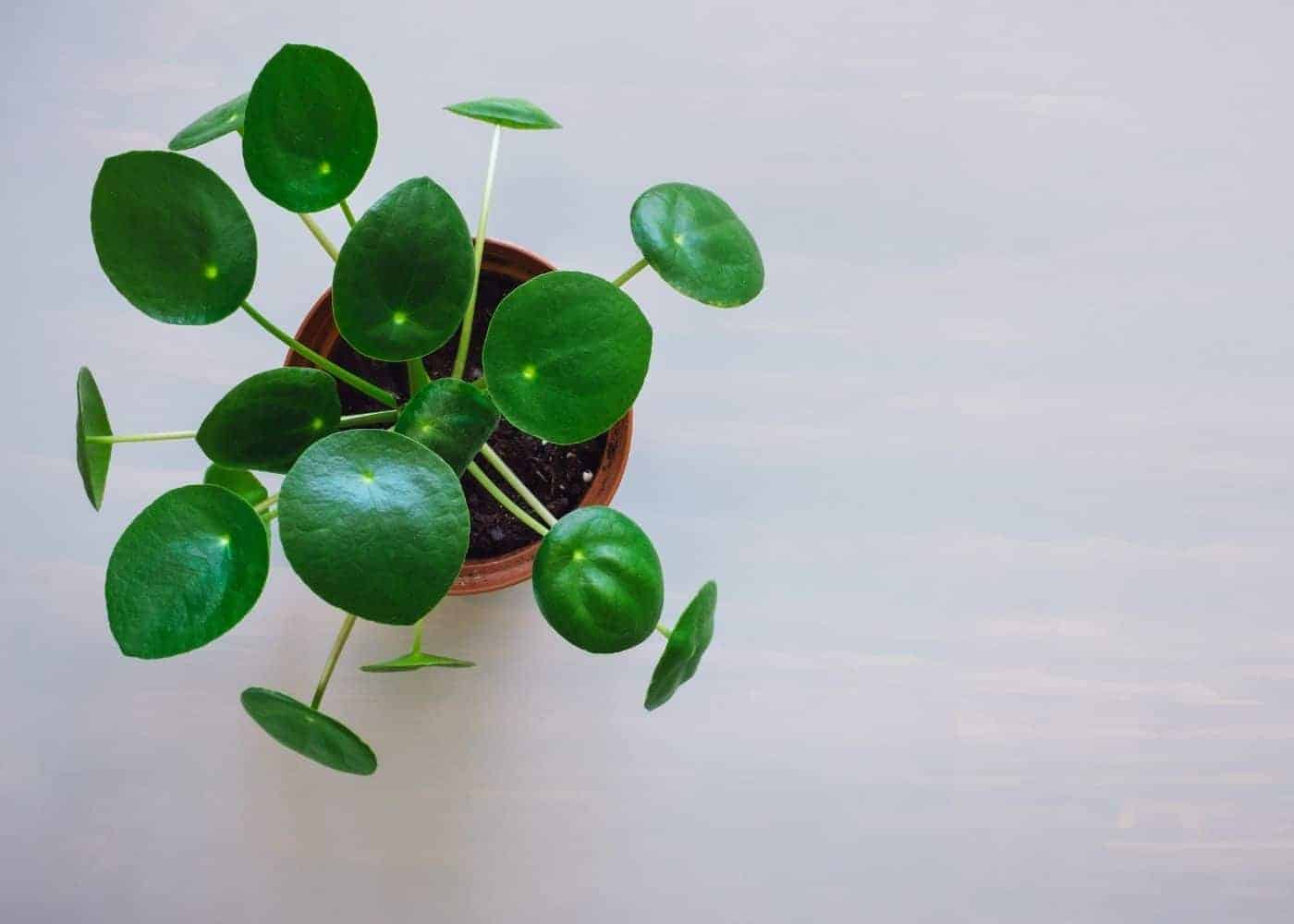
Potting mix for Chinese money plant
This plant thrives in any free-draining potting mix. Generally, this includes most high-quality indoor potting mixes that contain a soil amendment like perlite or pumice to keep the soil light and fluffy. The soil should be on the drier side and loose enough to let water drain through. Use fresh potting soil to repot your Chinese Money Plant to minimize soil-borne disease.
Because it does not like to be watered often, having a pot with great drainage is perfect so that the plant can take the water it needs and let the rest of the water go through without pooling and drowning the roots.
Fertilizer for Chinese money plants
Chinese Money Plants are not overly “hungry” in terms of fertilizer, but they do need somewhat regular feedings when planted in pots. This is because they are isolated from their natural ecosystem. Rather than nature replenishing mineral nutrients, the plants are generally fed with an all-purpose plant fertilizer or special houseplant mix.
Propagating Chinese money plant
Chinese Money Plant can be propagated in sterile potting mix or other free-draining growing media. The process of propagation is quite easy – stick an offset, stalk, or stem cutting into moist, fresh potting soil and allow it to root out! Plantlets are generally easy to spot on the mother plant (right at the base of the plant) and can be snapped off or trimmed off with a clean, sharp knife. Keep the potting soil around the baby plant moist but not muddy/wet.
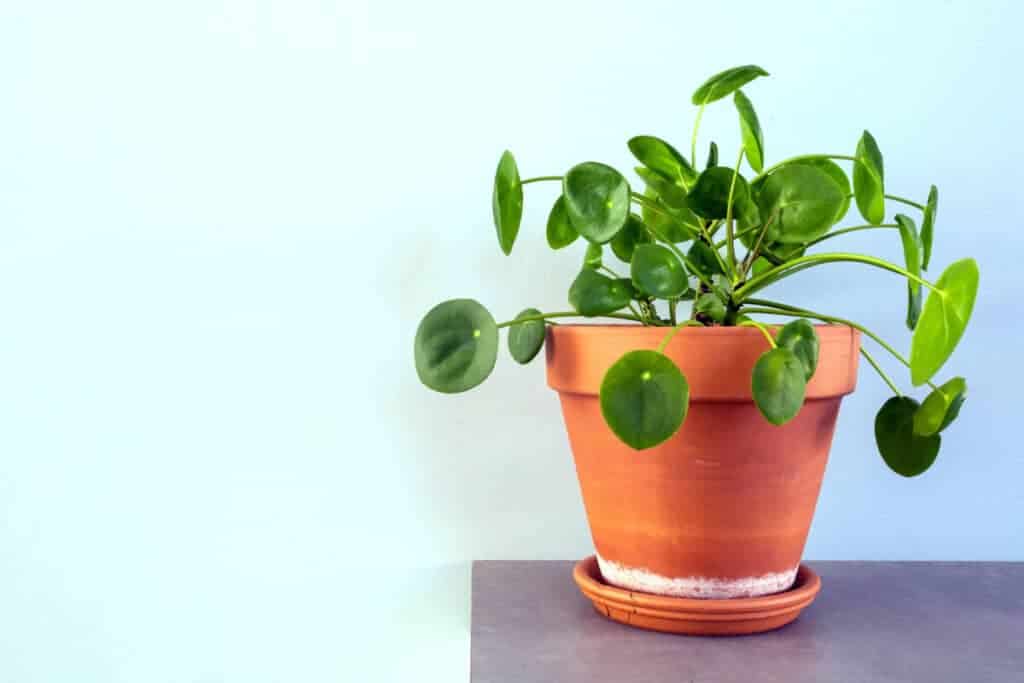
Common pests & diseases affecting Chinese money plant
Common reasons why a Chinese Money Plant could be dying are from overwatering, direct sunlight, whiteflies, mold, fungal diseases, and nutrient deficiency. As mentioned, overwatering can drown the roots, and direct sunlight can overheat and burn the leaves. When a plant takes in less water, the sun can evaporate the water in the plant and burn the leaves.
Whiteflies are little insects that can harm and kill plants by eating and sucking on them. If you check under the leaves for whiteflies or other tiny insects then you can pick them off and protect your plant. Once the visible pests are gone, treat the whole plant with an organic insecticide.
Powdery mildew can also affect the Chinese Money Plant. This fungal disease tends to occur when plants are in stressful environments (underwatering, too hot/humid, crowded). Start by removing leaves with visible powdery mildew on them. Remove any bits of dead leaves from the soil surface and generally clean the plant up. Then treat the plant with an organic fungicide. Place the plant in a spot where it gets good air circulation, bright indirect light, and is easily visible for future inspection.




